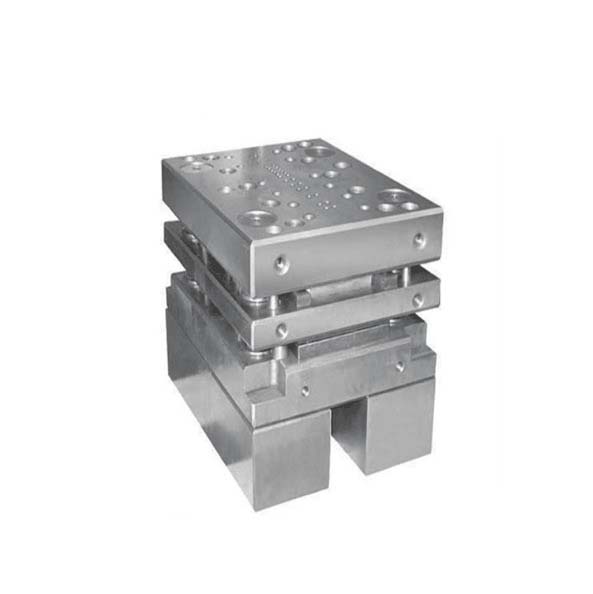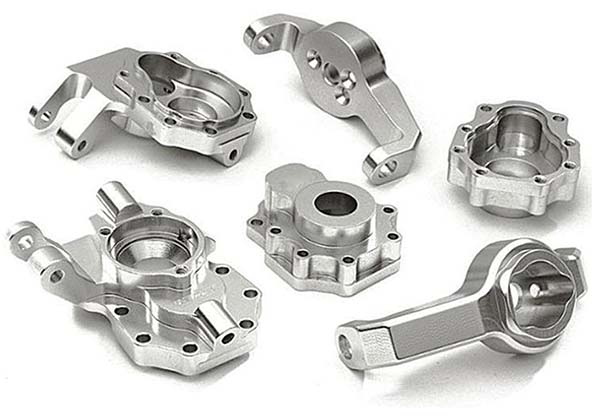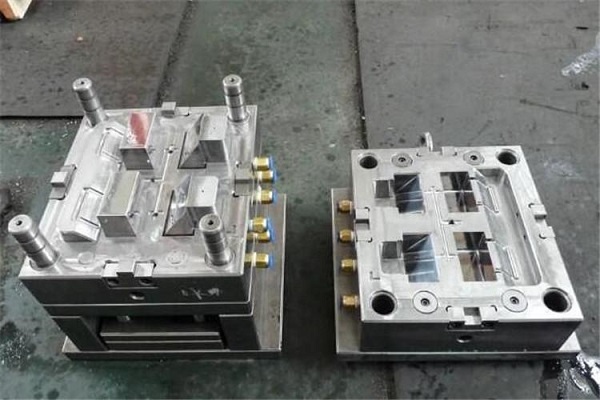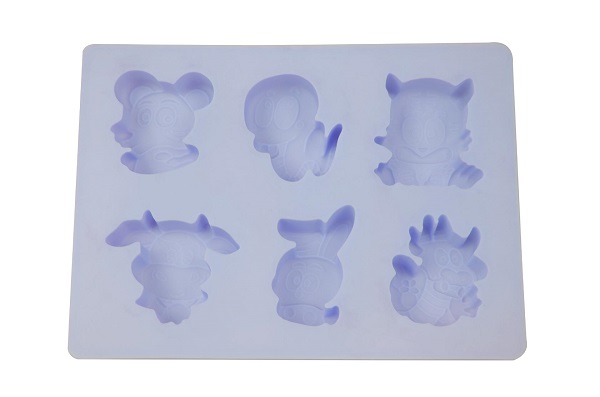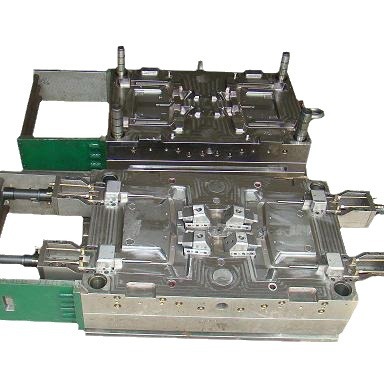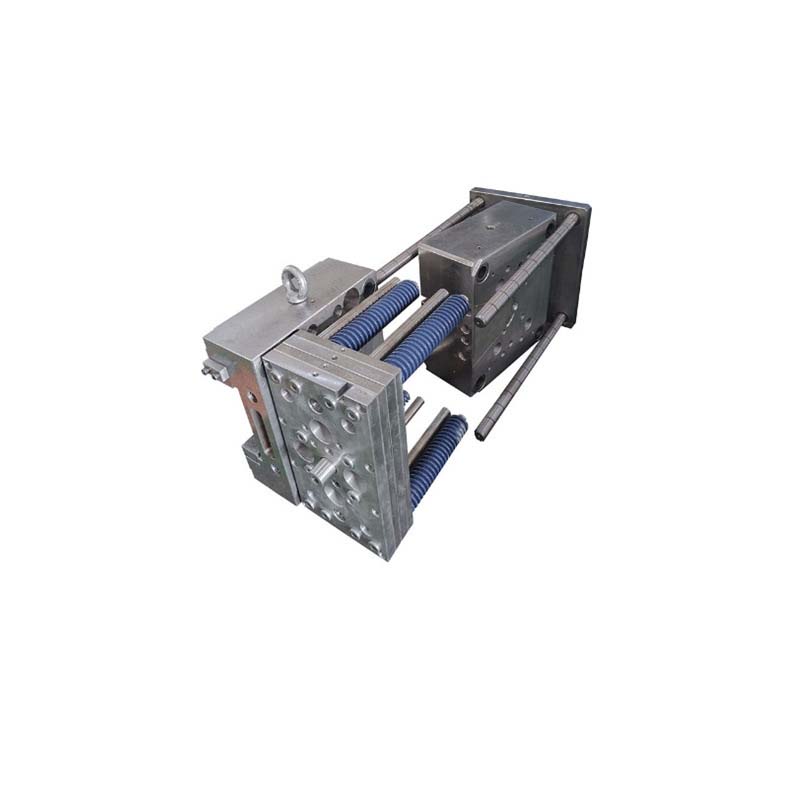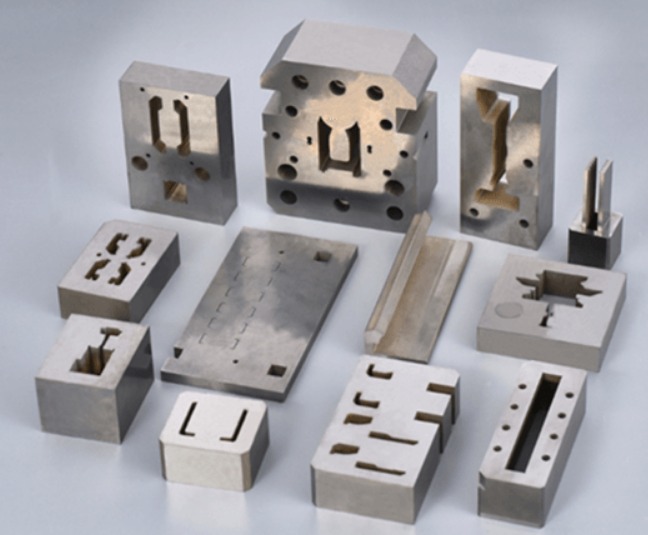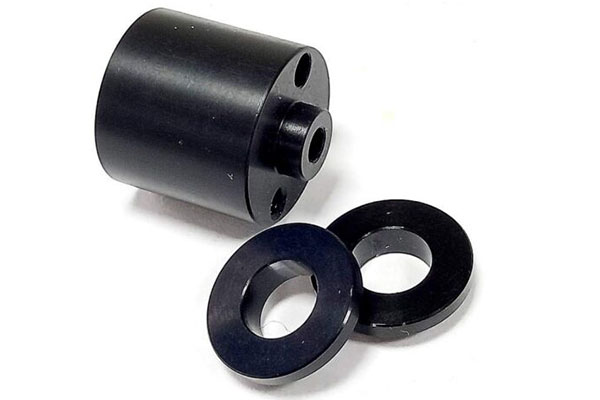Prototype and low-volume mold makers often need a material that balances cost, machinability, and sufficient strength—without overspending on high-strength alloys that aren’t necessary for their applications. High-strength aluminum like 7075-T6 can be overkill for simple prototypes, while steel molds are too slow and expensive for short runs. This is where 6061-T6 aluminum alloy shines. As one of the most versatile aluminum alloys, 6061-T6 offers a winning combination of moderate strength, excellent machinability, and affordability, making it the go-to choice for a wide range of mold applications. In this guide, we’ll explore how 6061-T6 solves the pain points of cost-conscious prototyping and low-volume production, its key properties, and how to make the most of its capabilities.
Introduction to 6061-T6 Aluminum Alloy
6061-T6 is a medium-strength aluminum alloy, celebrated for its versatility and balanced performance in mold making:
- Definition: 6061-T6 is a magnesium-silicon alloy, part of the 6000 series known for good formability, weldability, and corrosion resistance. The “T6” temper indicates it has been solution heat-treated and artificially aged to achieve optimal strength and hardness.
- Standard specifications: 6061-T6 complies with ASTM B209 (sheet/plate) and ASTM B211 (bar/stock), as well as ISO 209. Its chemical composition includes 0.4-0.8% silicon, 0.7% iron max, 0.15-0.4% copper, 0.8-1.2% magnesium, and 0.04-0.35% chromium, ensuring consistent mechanical properties.
- Supplier brands: Major suppliers include Alcoa (USA), Norsk Hydro (Norway), and Chinese manufacturers like Chalco. These brands offer 6061-T6 in various forms—blocks, plates, and bars—tailored for mold making, with readily available stock reducing lead times.
- Industry usage: 6061-T6 is used in 60-70% of prototype molds and 40-50% of low-volume production molds (1,000-30,000 cycles). Its popularity spans automotive prototyping, consumer electronics, medical device development, and general plastic molding.
- Comparison with other aluminum alloys: Compared to 7075-T6, 6061-T6 has lower tensile strength (310 MPa vs. 503 MPa) but offers better corrosion resistance and 20-30% lower cost. It’s easier to machine than 7075-T6 and more weldable, making it ideal for complex mold assemblies. Unlike 5052, it provides higher strength, making it suitable for moderate-pressure molding.
Properties of 6061-T6 Aluminum Alloy
The properties of 6061-T6 make it a versatile workhorse for mold making:
- High strength (for its class): With a tensile strength of 310 MPa and yield strength of 276 MPa, 6061-T6 provides sufficient strength for moderate-pressure molding (up to 10,000 psi), suitable for most prototypes and low-volume runs of standard plastics like ABS and polyethylene.
- Moderate hardness (T6 temper): 6061-T6 achieves a Brinell hardness of 95-105 HB, lower than 7075-T6 but sufficient for non-abrasive applications. This moderate hardness contributes to its excellent machinability.
- Good corrosion resistance: Thanks to its chromium content, 6061-T6 resists corrosion from water-based coolants, humidity, and mild chemicals. It performs well in outdoor or humid production environments without additional coatings, though anodizing can further enhance resistance.
- Excellent weldability: 6061-T6 is one of the most weldable aluminum alloys, allowing for easy assembly of multi-piece molds. Post-weld heat treatment can restore 80-90% of its original strength, a key advantage for complex designs.
- Thermal conductivity: At 167 W/m·K, 6061-T6 conducts heat better than 7075-T6 (130 W/m·K) and 3-4x faster than steel. This reduces cooling times, cutting injection molding cycle times by 15-20% compared to steel molds.
- Machinability: 6061-T6 is exceptionally easy to machine, with cutting speeds of 300-500 SFM—faster than 7075-T6 and far faster than steel. This reduces machining time by 50-70% for prototype molds, accelerating time-to-market.
- Thermal expansion: 6061-T6 has a thermal expansion rate of 23.6 × 10⁻⁶/°C, similar to other aluminum alloys. Proper mold design (e.g., generous cooling channel clearances) prevents issues with dimensional stability during temperature cycles.
Applications of 6061-T6 in Mold Making
6061-T6 excels in applications requiring affordability, speed, and moderate strength:
- Prototype molds: For testing new designs, 6061-T6 delivers parts quickly and cost-effectively. Its fast machining allows for rapid iterations, critical for validating designs before committing to steel molds.
- Low-volume production molds: Runs of 1,000-30,000 parts (e.g., custom packaging, promotional items, small-batch consumer goods) benefit from 6061-T6’s low upfront cost and sufficient durability.
- Injection molding: 6061-T6 handles standard injection molding of plastics like ABS, polypropylene, and polystyrene, which don’t require extreme clamping pressures.
- Blow molding: For prototype bottles, containers, and hollow parts, 6061-T6’s ease of machining allows for quick adjustments to neck finishes and wall thickness, speeding up design validation.
- Medical device molds: For low-volume prototypes of non-sterile medical parts (e.g., equipment housings), 6061-T6’s corrosion resistance and weldability make it a practical choice, meeting basic biocompatibility standards.
- Food-grade molds: With proper surface treatment (e.g., anodizing), 6061-T6 is suitable for low-volume food packaging prototypes, complying with FDA regulations for indirect food contact.
Machining and Fabrication of 6061-T6
Machining and fabrication of 6061-T6 are straightforward, making it a favorite for fast-turnaround projects:
- Precision machining: 6061-T6 cuts cleanly with HSS or carbide tools. High cutting speeds (300-500 SFM) and light feeds minimize tool wear, with carbide tools lasting 2-3x longer than in 7075-T6 machining. Coolant is recommended to prevent chip welding.
- CNC milling: 3-axis and 5-axis CNC milling excel with 6061-T6, achieving tight tolerances (±0.0005 inches) with minimal effort. Adaptive milling strategies reduce cycle times by 30-40% for complex geometries.
- EDM (Electrical Discharge Machining): EDM works efficiently with 6061-T6, producing precise details with minimal recast layer. Its high conductivity requires lower current settings, but the process is faster than with steel.
- Grinding: Silicon carbide or aluminum oxide wheels work well for grinding 6061-T6. A 400-grit wheel achieves Ra 0.05 μm, suitable for most prototype surface finishes.
- Surface finishing: 6061-T6 polishes easily to Ra 0.1 μm with 600-grit sandpaper and a buffing wheel. Anodizing (Type II) adds a protective layer, improving wear resistance and allowing for color coding of mold components.
- Machining challenges: While highly machinable, 6061-T6 can form stringy chips that 缠结刀具 (tangle tools). Using chip breakers and high-pressure coolant solves this issue, maintaining surface quality.
Heat Treatment of 6061-T6
The heat treatment of 6061-T6 is critical to its performance, and understanding the process ensures optimal results:
- Solution heat treatment: 6061 is heated to 990-1010°F (532-543°C) for 1-2 hours to dissolve magnesium and silicon into the aluminum matrix, ensuring uniform alloy distribution.
- Quenching: After solution treatment, 6061 is quenched in cold water (60-80°F/15-27°C) to trap alloying elements in supersaturated solid solution, preventing premature precipitation.
- Artificial aging (T6 temper): Aging at 320°F (160°C) for 8-12 hours forms fine magnesium-silicide precipitates, strengthening the alloy to its T6 state with optimal balance of strength and ductility.
- Post-treatment inspection: After heat treatment, verify hardness (95-105 HB) and tensile strength (≥310 MPa) to meet ASTM standards. Ultrasonic testing checks for internal defects from improper quenching.
- Tempering: 6061-T6 does not require tempering, as the T6 temper already achieves the desired balance of properties. Avoid exposure to temperatures >320°F (160°C) during use, as this can over-age the alloy and reduce strength.
Yigu Technology’s Perspective
As a leading custom manufacturing supplier in China, Yigu Technology relies on 6061-T6 for most prototype and low-volume molds. Its combination of fast machining, moderate strength, and affordability reduces prototype lead times by 50% compared to steel, critical for time-sensitive projects. We often use it for automotive and consumer electronics prototypes, where its weldability allows for complex mold assemblies. While 7075-T6 is better for high-pressure applications, 6061-T6 is our workhorse for 80% of low-volume runs (1,000-30,000 parts). Our team achieves tight tolerances with minimal effort, and we recommend anodizing for clients needing extended mold life. For cost-conscious projects, 6061-T6 is unbeatable.
FAQs
- How does 6061-T6’s mold life compare to 7075-T6?
6061-T6 molds last 10,000-30,000 cycles for non-abrasive plastics, shorter than 7075-T6’s 10,000-50,000 cycles but sufficient for most prototypes. Its lower cost makes it more economical for very short runs.
- Can 6061-T6 molds handle glass-filled plastics?
6061-T6 is not recommended for glass-filled plastics (even 5% filler), as they cause excessive wear. For these applications, use 7075-T6 with hard anodizing or steel molds.
- Is 6061-T6 suitable for food-grade mold applications?
Yes—anodized 6061-T6 meets FDA standards for indirect food contact, making it suitable for low-volume food packaging prototypes. Ensure surfaces are thoroughly cleaned to prevent residue buildup.
